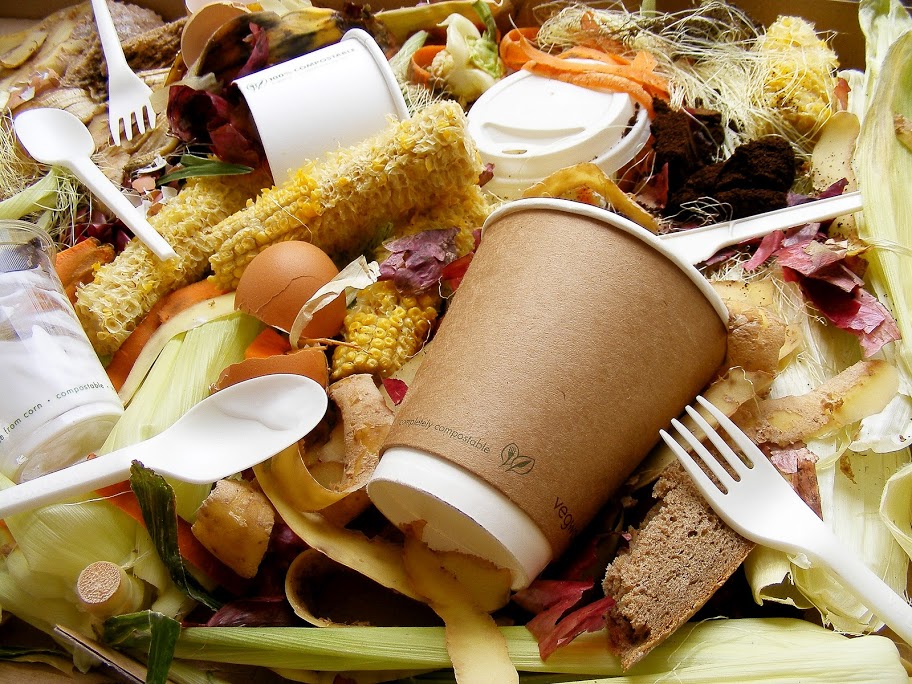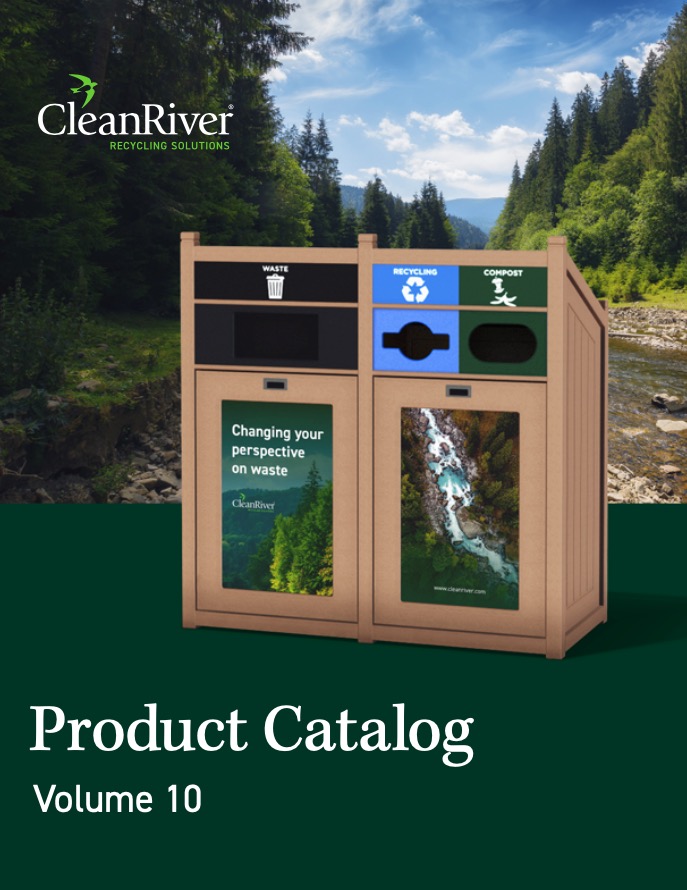Share
Facilities with food courts or cafeterias such as airports, office buildings, educational facilities and stadiums, often find it difficult to maintain a successful recycling program due to high stream contamination and low user adoption.
One of the simplest ways to overcome this hurdle is to take control of the waste being discarded in your facility by ensuring everything is 100% recyclable or compostable. This is an important step on the way to zero waste.
Organizations need to work with suppliers and vendors to ensure that anything coming into the facility including supplier packaging, food packaging, beverage containers, foodservice ware and cutlery, are all either recyclable or compostable.
In addition to helping achieve your diversion rate goals by implementing compostable and recyclable foodservice ware, you will also be able to satisfy current consumer demands; a 2013 study by the Sustainable Restaurant Association (SRA) found that 7 out of 10 consumers want to eat at a sustainable restaurant.
In 2012 the world’s busiest airport Hartsfield-Jackson International Airport in Atlanta, introduced new regulations where all food vendors at the airport were required to use compostable service ware to support HJAIA’s goal of diverting 50% of its waste from landfill by 2015.
Almost every disposable product has a compostable alternative that works just as well. There are two main types of compostable food service ware items:

1. Paper and Other Plant-Fiber-Based products:
Paper items include napkins, bowls, boxes, cups, plates, paper straws and bags. Plant-fibre-based products made from wheatgrass fibre, sugarcane/bagasse and rice include hinged containers, trays and cup holders. There are also compostable wood items such as stirrers.
Always use uncoated plant-fiber-based items because Polyethylene-plastic-coated products are not compostable.
2. Compostable plastic:
Compostable plastic looks like conventional non-compostable plastic but is actually made from renewable raw materials like starch, cellulose and soy protein. The most common is PLA (polylactic acid) which is a bio-degradable polymer produced from the fermentation of corn. Compostable plastics can be broken down in a commercial composting facility in 90-180 days.
Communication
When you’ve taken control of what’s used in your food service area it’s essential to communicate to the consumer that the items are either recyclable or compostable. Consumers are often pre-conditioned that plastic should be recycled, which is great, but you don’t want them to toss their compostable plastic cup in the recycling stream and cause stream contamination.
Clear graphics on the recycling containers with product-specific images will help the consumer at the moment of diversion make the right choice in which stream to throw their waste.
Communication throughout the food service area with posters and table top items is recommended to reinforce the message that you are striving to improve your diversion rate by using compostable and recyclable products and indicating how the consumer should dispose of their items correctly.
Contact our sustainability associates if you have any questions on how to increase your diversion rate goals at
1-888-646-4246 or email info@cleanriver.com



